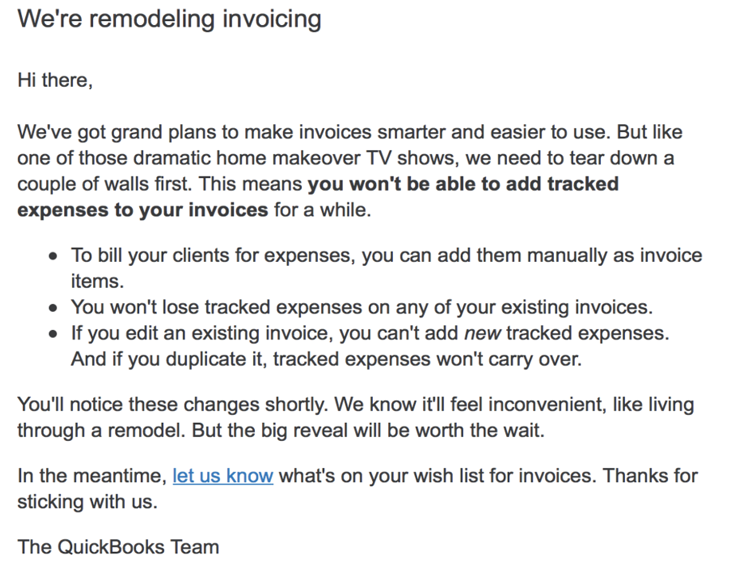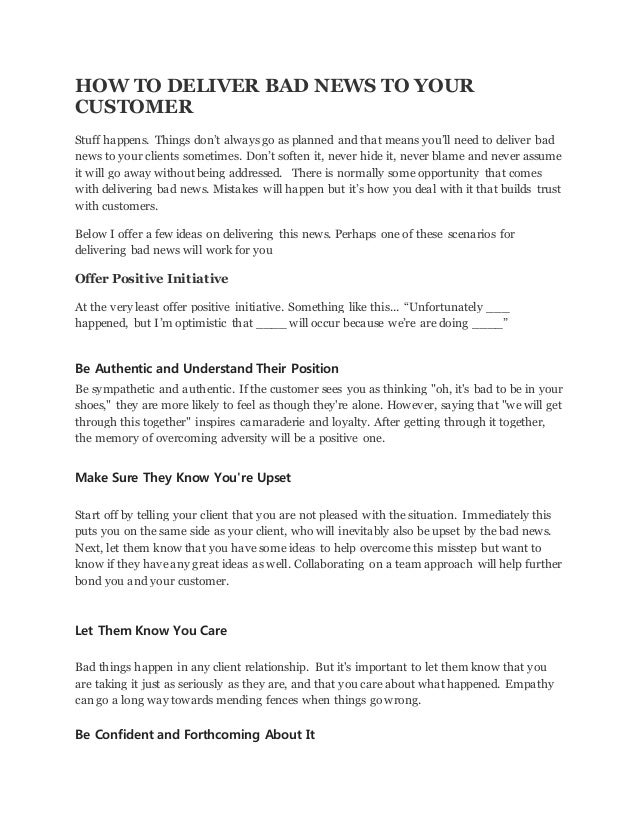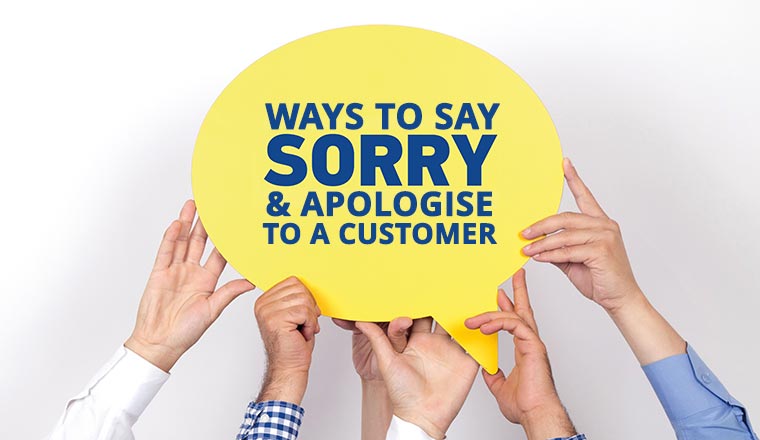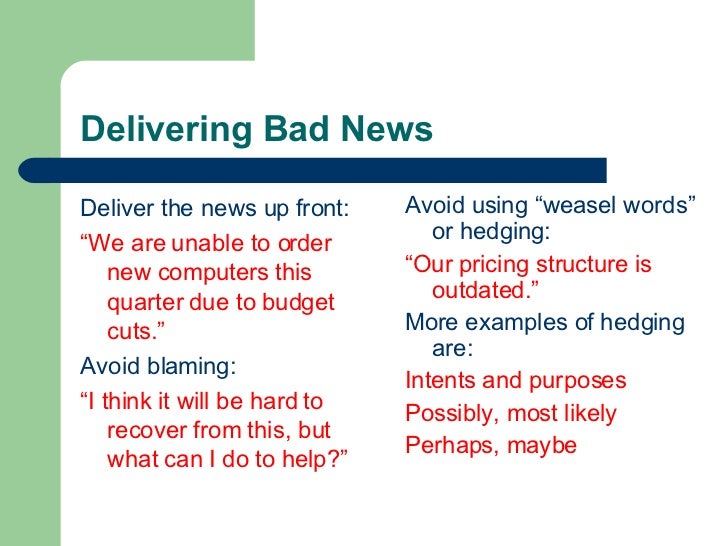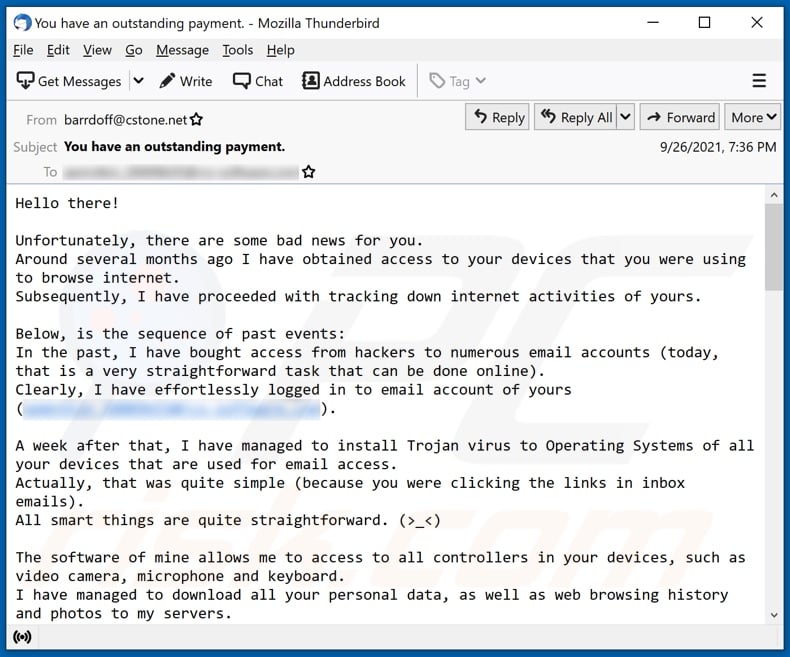How To Deliver Bad News To A Customer Via Email

Delivering bad news is never easy, especially when it impacts a valued customer. Whether it's a delayed shipment, a price increase, or a discontinued product, the message can significantly impact customer relationships and brand reputation.
Crafting an email that softens the blow while maintaining transparency and professionalism is crucial for mitigating negative consequences.
The Art of the Nut Graf
This article dives into the strategies for delivering unwelcome news to customers via email. We'll explore proven methods for crafting clear, empathetic, and solution-oriented messages. The goal is to preserve customer trust and loyalty even when facing challenging situations.
We will examine real-world examples and expert advice to guide businesses in navigating these sensitive communications effectively, drawing from sources like the Harvard Business Review and studies on customer communication.
Crafting the Email: Key Elements
Subject Line: Setting the Tone
The subject line is your first, and perhaps most important, opportunity to prepare the customer. Avoid clickbait or misleading language.
Instead, use a transparent and direct approach, such as "Important Update Regarding Your Order" or "Regarding a Change to [Product/Service]".
Opening with Empathy
Start the email by acknowledging the inconvenience or disappointment the news might cause. "We understand this may be frustrating..." or "We regret to inform you..." are gentle openers.
According to a 2023 survey by Forrester Research, customers are more receptive to bad news when delivered with empathy and understanding.
Delivering the News Clearly and Concisely
State the bad news clearly and without ambiguity. Avoid jargon or technical terms that could confuse the recipient.
Get straight to the point, explaining the situation in a straightforward manner.
Avoid sugarcoating or using euphemisms, as this can come across as disingenuous.
Providing Context and Explanation
Offer a brief, honest explanation for the situation. Customers appreciate transparency, even when the news is unfavorable.
Whether it's supply chain issues, unforeseen circumstances, or a strategic business decision, provide the necessary context without making excuses. According to data from the Better Business Bureau, proactively addressing the "why" behind a negative event reduces complaints by 15%.
Offering Solutions and Alternatives
Whenever possible, provide solutions or alternatives to mitigate the negative impact. This could involve offering a discount, expedited shipping, a refund, or a comparable product/service.
If no immediate solution is available, outline the steps you are taking to resolve the issue and provide a timeline for updates.
Presenting options empowers the customer and demonstrates your commitment to their satisfaction.
Closing with Assurance and Contact Information
Reiterate your apology and express your commitment to resolving the issue. Provide clear contact information for further assistance.
Encourage the customer to reach out with any questions or concerns. A sincere and helpful closing can leave a lasting positive impression.
End the email on a positive note, if possible, reinforcing your commitment to the customer relationship.
Examples of Effective and Ineffective Communication
Ineffective: "Due to unforeseen circumstances, your order has been delayed. We apologize for any inconvenience." (Vague and lacks solutions.)
Effective: "We regret to inform you that your order #1234 has been delayed due to a significant disruption in our supply chain. We understand this is frustrating, and we sincerely apologize. As a result, we are offering a 15% discount on your next purchase. You can track the updated delivery schedule here: [link]. For any further questions, please call us at 555-1212." (Specific, empathetic, and offers a solution.)
The Importance of Personalization
Whenever possible, personalize the email to the individual customer. Avoid generic language and address the customer by name.
Reference specific details of their order or past interactions to show that you value their business. According to a Gallup poll, personalized communication increases customer satisfaction by up to 20%.
Looking Ahead: Building Resilience in Customer Relationships
Delivering bad news is an inevitable part of doing business. By adopting a transparent, empathetic, and solution-oriented approach, businesses can minimize the negative impact and strengthen customer relationships.
Continuous improvement in communication strategies is vital. Regularly review customer feedback and adapt your approach accordingly.
Investing in customer service training that emphasizes empathy and conflict resolution will also pay dividends in the long run. Ultimately, how you handle difficult situations defines your brand and shapes customer loyalty. Proactive and honest communication is key to nurturing these relationships.
